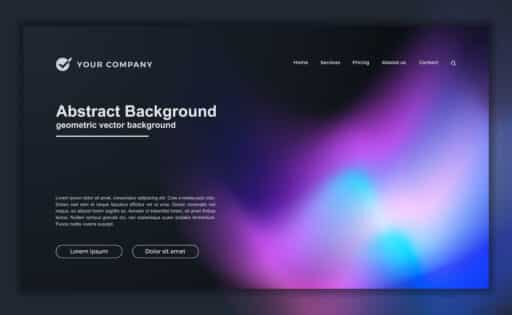Tip #6 Time Is Money – Hospitality Guide to Blogging
January 22, 2015 — James Fulton

Based on our experience designing websites for hospitality venues such as The Botanist, The Watershed Hotel and SoCal Sydney, we’ve learned that many hospitality marketing managers want to blog, but don’t see it as time-efficient or cost-effective. That’s why we compiled the Hospitality Marketing Manager’s Guide to Blogging, which outlines a 10-point content strategy showing you how to maintain a profitable, lead-generating blog on your hospitality website, even if you only have about 10 minutes of spare time a week.
Tip #6 – Time Is Money
“Time is money.” This may be a cliché, but it’s true. You don’t have time to write a long blog post and your customers don’t have time to read one. You’re in the fast-paced hospitality business, so you need your blog to be profitable, not a drain on your budget.
Now, if you’ve done any research at all on the ideal length for a blog post, you’ve no doubt found several articles advising you to write blogs of at least 1,500 words, because longer posts statistically get better SEO results and more social media shares. However, this strategy doesn’t work for everyone, and it certainly doesn’t work for most hospitality venues.
Unless you have a lot of time on your hands or your venue has a large enough budget to hire a professional copywriter, you can’t expect to write a 1,500-to-2,500-word blog every few days. It’s just not feasible. Moreover, it’s important to remember that most people who write to that length are bloggers and writers. It’s their job and a major part of their website.
By contrast, your blog is NOT your website and it should not be the main focus of the website. As a hospitality venue, you need to shine the spotlight on things like menus, accommodations, entertainment and functions. People don’t visit your blog to read long, complex articles, but to read easily digestible information related to your offering.
That’s not to say you should never write a long blog post. The length should always be sufficient for what you’re trying to say. If you can’t explore a topic without going over 1,000 words, that’s fine. But it is possible to tackle too much in one post or to ramble for the sake of filling space. Don’t confuse your readers or waste their time.
When writing a blog post, be concise, focusing on a single idea (such as a new menu item, an upcoming event, a mixology lesson, or a set of tips for hosting a party). Begin with a brief introduction that sets up the key idea and then follow with short paragraphs, images, or videos. Wrap everything up in a brief conclusion. You can generally do all of this in 400-500 words, though sometimes lists require a greater word count since you need to discuss each point.
Don’t stress about the length of your blog posts. The quality of the content is the most important thing; the length will scale proportionately. Every post has its own ideal length which becomes apparent as you’re writing it. It may be helpful to pretend you’re the customer reading the post and ask yourself whether all questions have been answered in the current number of words.
If you need help structuring your blog, we invite you to download the FREE Hospitality Blog Template we’ve prepared. The headings make it easy to organise your thoughts so you’re not staring at a blank page and the notes provide suggestions and reminders to stick to the topic. It’s a real time-saver because you just need to fill in the blanks. You can have a web-ready blog in about 10 minutes!
Thank you for reading the sixth installment of our series, the Hospitality Marketing Manager’s Guide to Blogging. You can download the full series as a zip file FOR FREE by clicking the link below. The zip file contains the Guide in PDF format for easy reading, as well as a Hospitality Blog Template in both PDF and Word format to help you get started.
Also check out:
- Tip #1 – Stay Close to Home
- Tip #2 – Be Consistent
- Tip #3 – Join the Conversation
- Tip #4 – Get Their Attention
- Tip #5 – Focus on the Customer
- Tip #6 – Time Is Money
- Tip #7 – Generate Leads
- Tip #8 – Call Them to Action
- Tip #9 – Think Outside the Box
- Tip #10 Promote, Promote, Promote!
Image © CandyBox Images
Author

James Fulton
Since founding the company in 2012, James has been the driving force behind SGD's success. As a visionary leader, he guides the SGD team, encouraging them to continually excel in digital design. James inspires a culture of growth, challenging each team member to surpass their own limits and set new standards in the field. This commitment to excellence not only propels personal development but also ensures SGD consistently delivers exceptional results for its clients.
Next Article
SGD Is Expanding!
January 21, 2015Get Started
"*" indicates required fields


Tell us about your project
"*" indicates required fields






